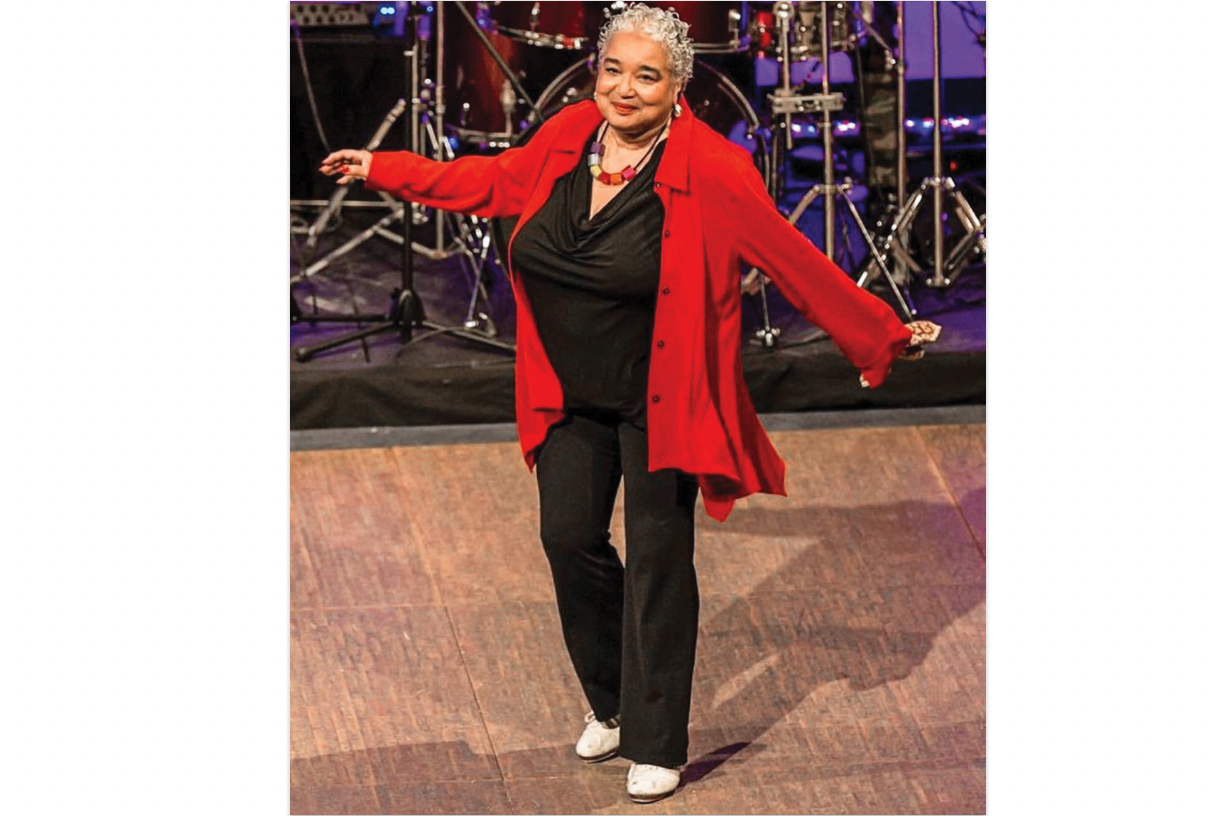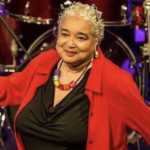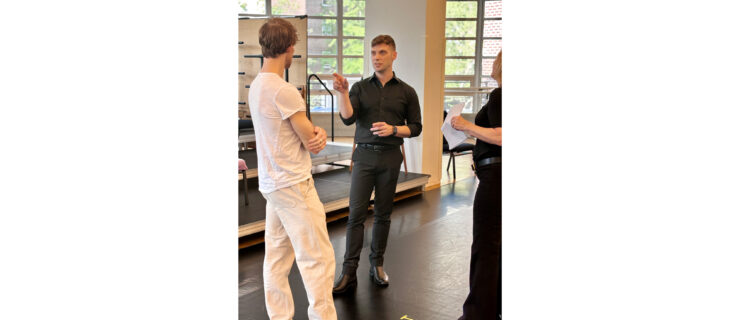Dianne Walker on the New Generation of Female Tap Dancers
I have been asked, “Is tap dancing a male or female dance form?” My answer: Tap dance is a form of dance once dominated by men. However, today it is dominated by women. It’s all good.
I come from a long line of Black dancers who have shaped the history of tap dance, despite being rendered virtually invisible. When I put my tap shoes back on in 1977 at age 26 and entered what we now refer to as “the resurgence of tap dance,” I was fortunate to meet many of the legendary dancers who created the history I was so desperately trying to understand. Through Willie Spencer I met Leon Collins, who became my teacher and mentor, and through Leon I met all the other players. At first, they were mostly men, such as Jimmy Slyde, Buster Brown, Honi Coles, Steve Condos, Eddie Brown, Cholly Atkins and Gregory Hines, to name a few.
Then, in 1982, I saw Debbie Allen and Gregory Hines tap dance on the telecast of the 54th Academy Awards, and that opened my eyes to the possibility of a Black woman as a professional tap dancer—wow.
However, it was Tina Pratt who took me by the hand and introduced me to jazz pianist Barry Harris; during a playful session with Barry, I really “got” the improvisational connection between musician and dancer. At the same time, I learned a great deal from Tina: She could really lay it down without compromising her femininity.
Later, I was embraced by Mable Lee and members of the Silver Belles, Fay Ray and Marion Coles, legendary dancers who drew crowds to Harlem’s nightclubs and theaters in the ’30s and ’40s. And around 1994, Germaine Ingram invited me to share an evening of performance and introduced me to some of the Black women dancers of Philadelphia: Libby Spencer, Hortense Allen and Baby Edwards. Most of them told me that they were proud to be women, and they strutted their stuff, felt beautiful. This was an affirmation for me. I never felt like I was competing with the guys. Germaine and Jacqui Malone (author of Steppin’ on the Blues) became my support system.
Meeting these women informed my course of action from that point forward. I felt that I had been fortunate to learn the history of the dance, and I wanted to share that history with others in order to increase the visibility of tap dance, especially in the Black community. However, the task was huge. The focus was on building a future for “The Dance,” so the emphasis was on children with the potential to introduce tap dance to a new generation. We developed curriculums and created venues to teach, educate and perform. Before we could think about creating opportunities for women, or even men, for that matter, we had to lay a foundation.
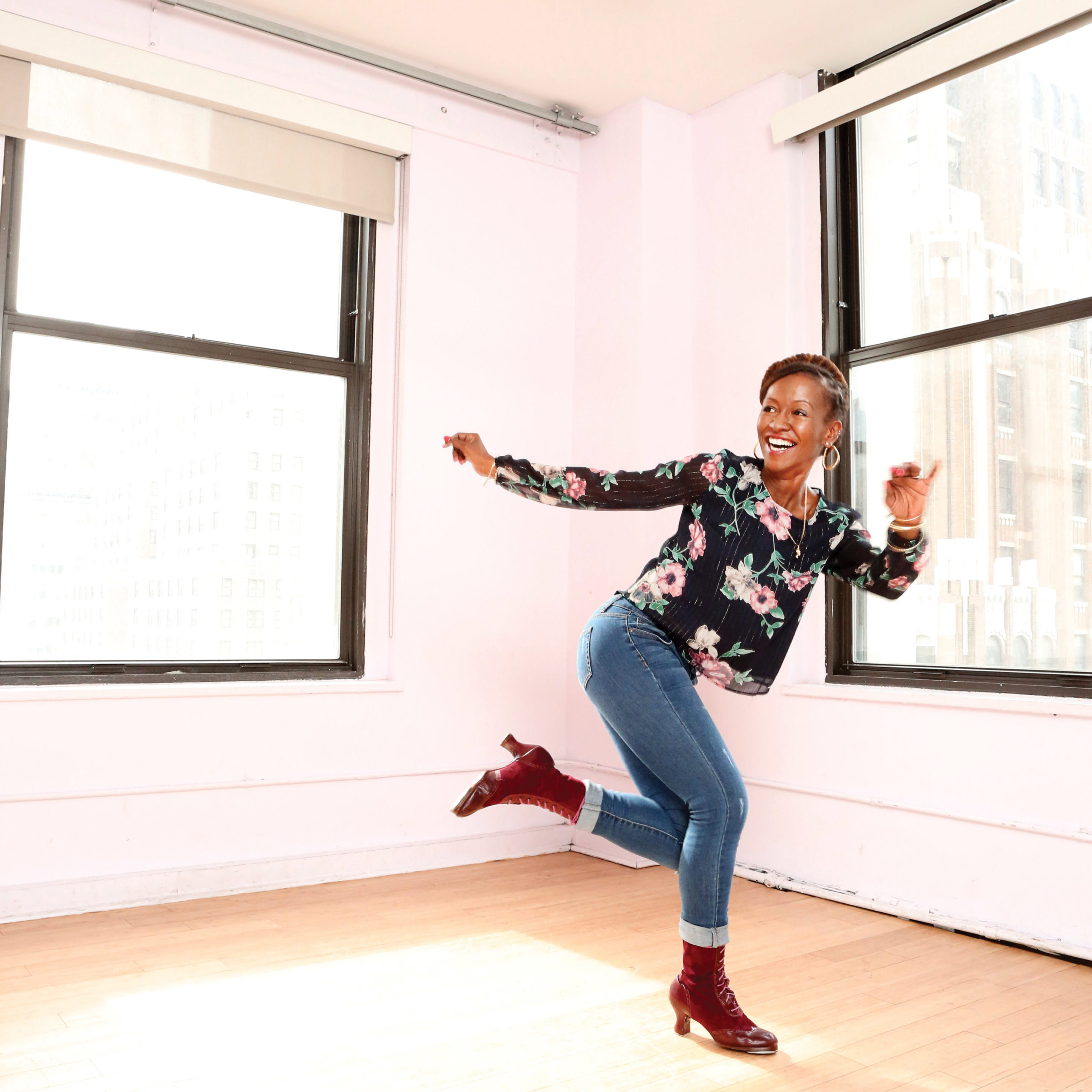
There was so much work to do. As tap star Chuck Green said, “You can’t always do what you want to do; you must do what is necessary.”
But it has paid off, and today the field is full of extremely talented and successful dancers, many of them Black women who are defining their own paths and are at the top of their game.
Leading the way is Dormeshia. A prodigy who began dancing at age 3 and was on Broadway at age 12, from early on she had it all—an impeccable sense of rhythm and style. Her first teachers, Paul and Arlene Kennedy, did not train their students only as “hoofers” but as full-bodied, multi-formed dancers in the Black tradition. In that respect, Dormeshia is in a class by herself. She is masterful—a phenomenal dancer, choreographer, mentor, teacher, producer and director. She is described as the “queen” by The New York Times, and called the Michael Jordan of tap dance. I can’t imagine anyone in the dance community would disagree.
Then there’s Chloe Arnold, a fierce dancer, Emmy-nominated choreographer, actress and director. She has blazed the field with steadfast intentions, and she doesn’t disappoint. She is committed to empowering Black women, specifically the young girls she works with around the world. Her all-female performance group, Syncopated Ladies, has more than 100 million views online. Most recently Arnold finished choreography for a new holiday film Spirited for Apple TV+.
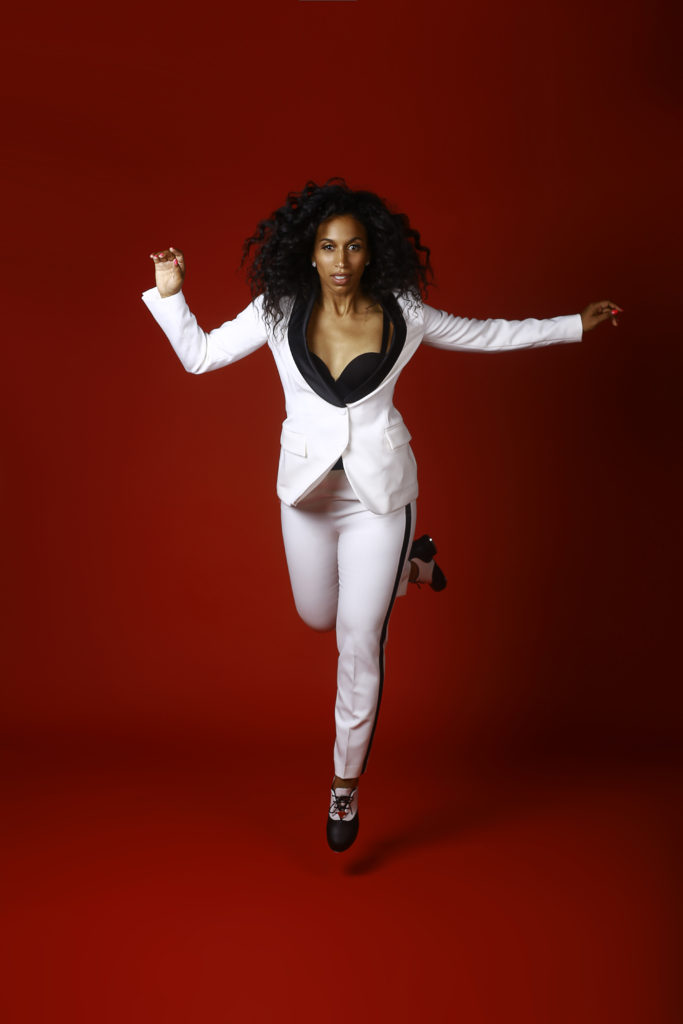
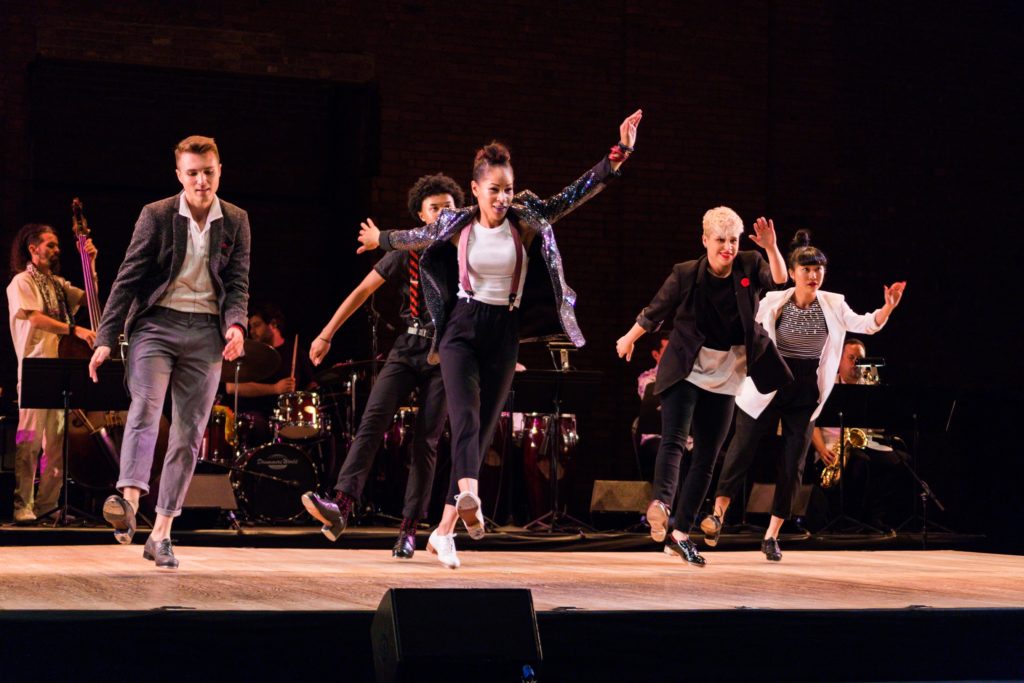
Meanwhile, Ayodele Casel is currently doing tap choreography for a new Broadway production of Funny Girl. This is a dancer who hits the floor with accuracy and intention unparalleled by anyone in the field and always shares her story with the audience through her magical work. Casel uses her voice for the forgotten Black women of tap dance whenever she has the floor—which is pretty often lately.
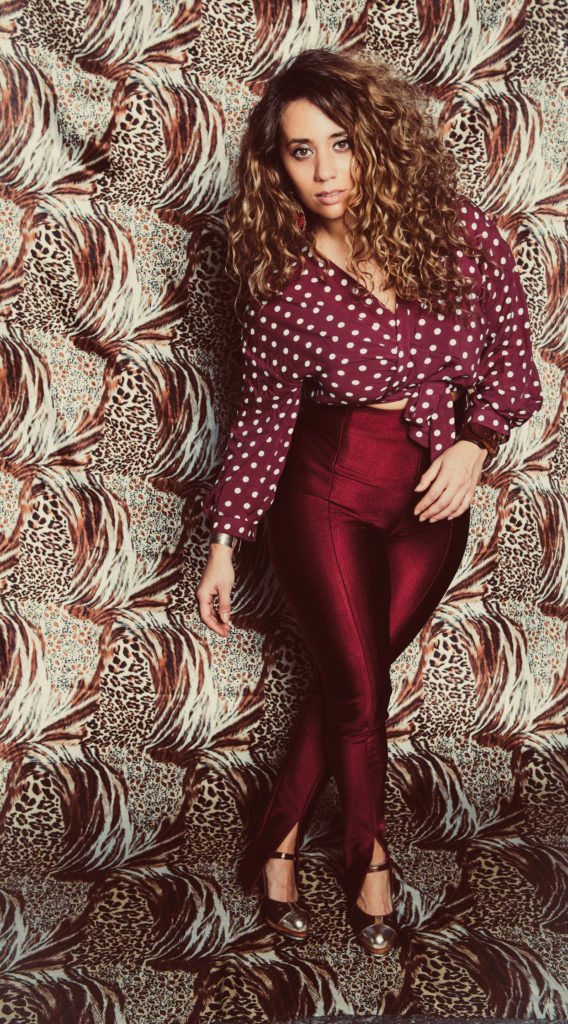
It is impossible to speak about legacy without talking about Michela Marino Lerman. Under the direct tutelage of Buster Brown, she developed her chops in the Swing 46 era. This was a time when ongoing sessions were held in a jazz atmosphere and young dancers were encouraged to observe, learn, practice and perform under the watchful eye of a mentor. When you learn about “The Dance” from the inside in this way, you have a deeper understanding of what this dance is (or could be), and in time, you might be able to share yourself from that depth. Together with her band, Lerman is dancing and creating music around the world, often with the giants of jazz. She is the Baby Laurence of this generation, a true jazz hoofer. She gets it, she lives it—authentically.
The commonality that these women—and others including Josette Wiggan-Freund, Lisa La Touche, Star Dixon, Sarah Reich and “Brinae Ali” Bradley—share is intelligence, artistic capacity, talent, determination, love for the dance and, most of all, respect and appreciation for all who have come before them. I feel extremely proud as I watch them make their own history as they contribute to the art form and strive to bring more visibility to the dance. As Maya Angelou said, “Now that I know better, I do better.” We are doing quite well.
